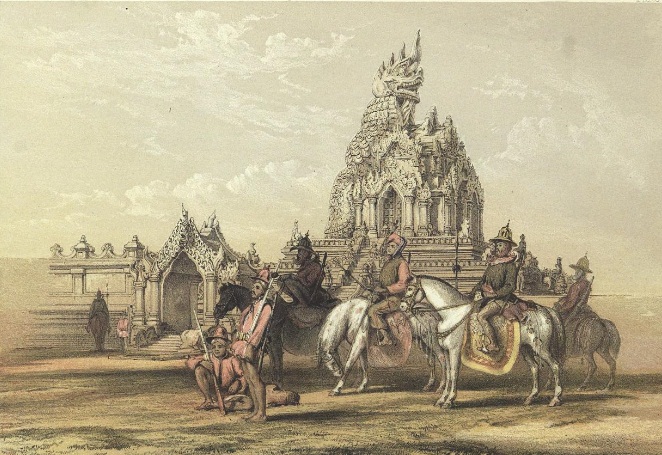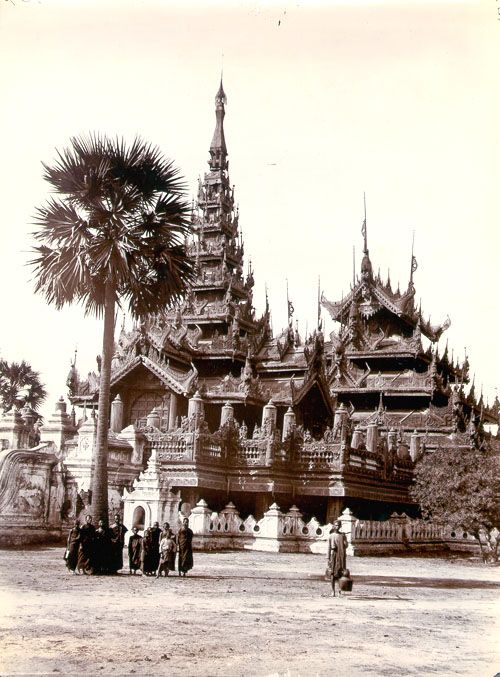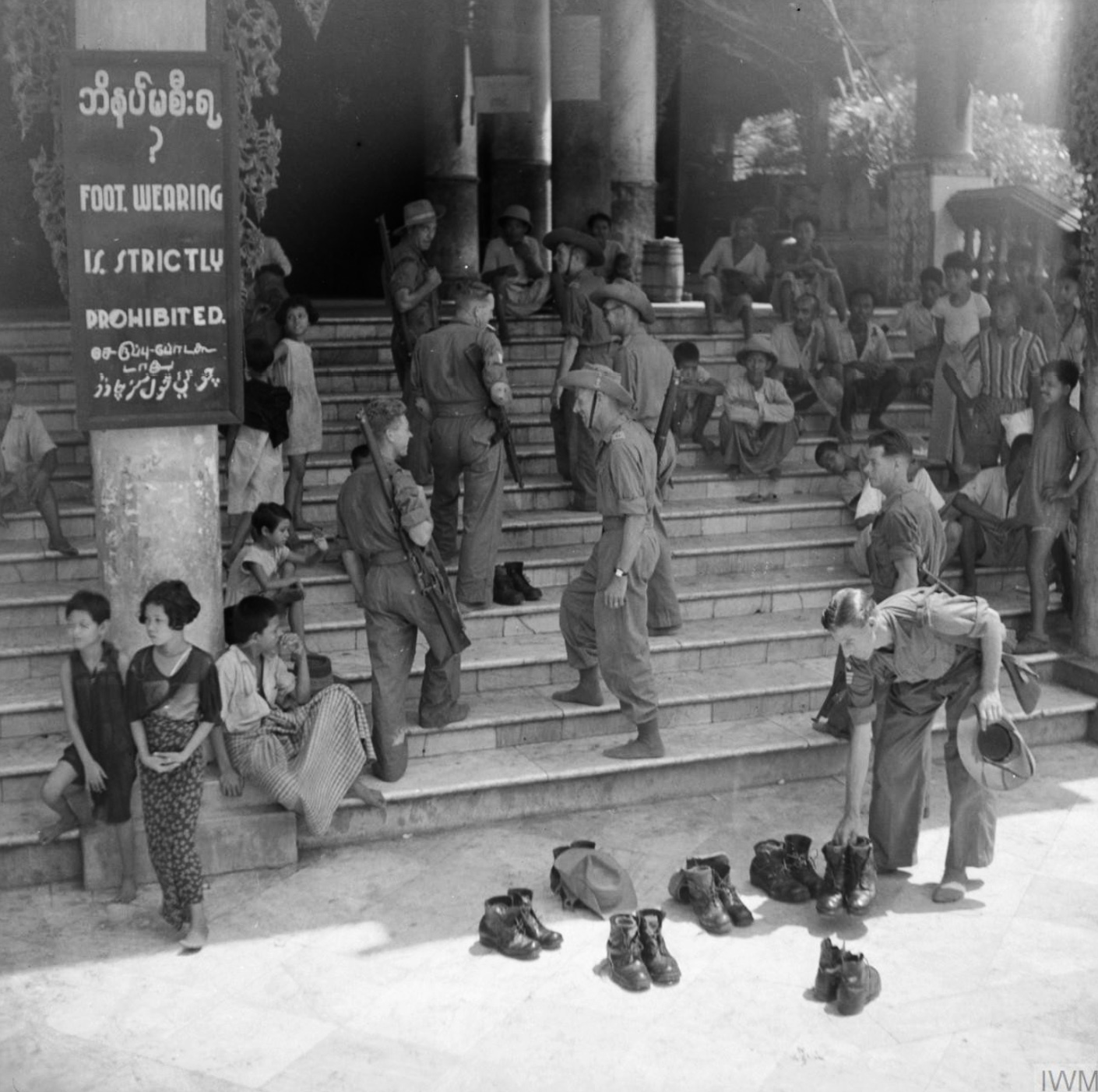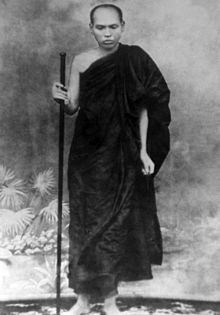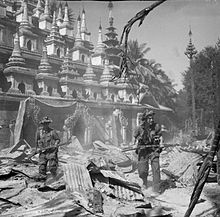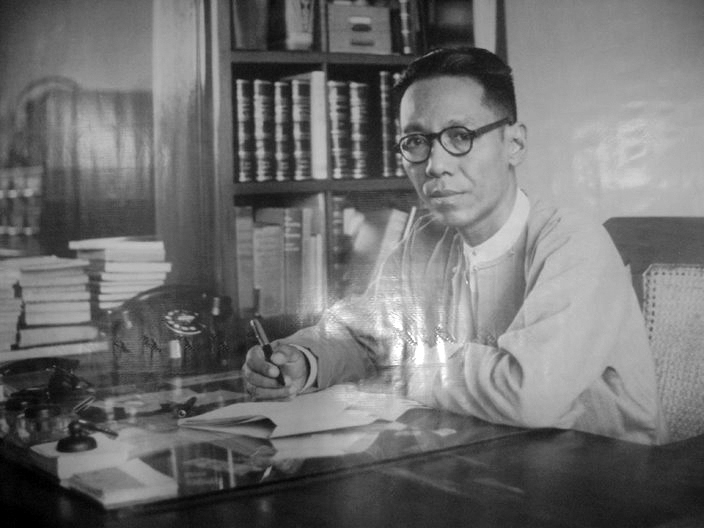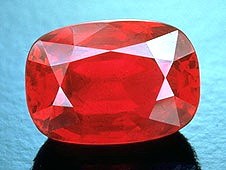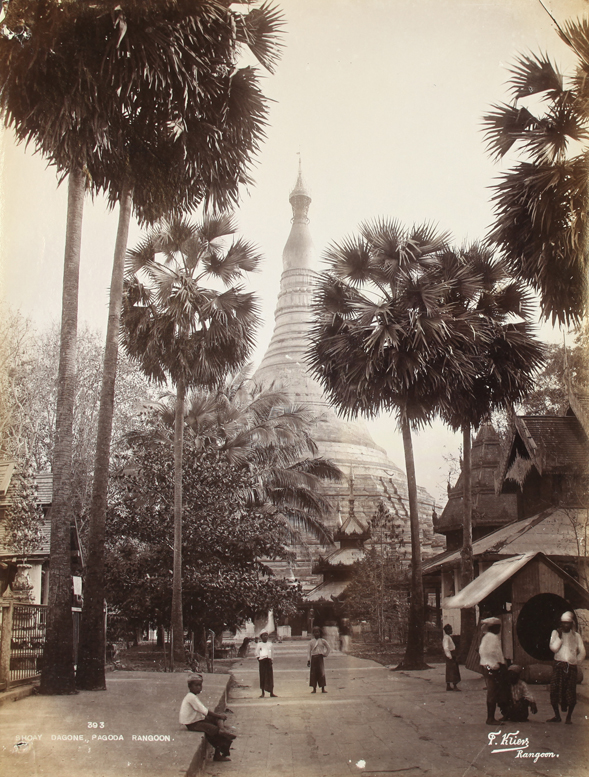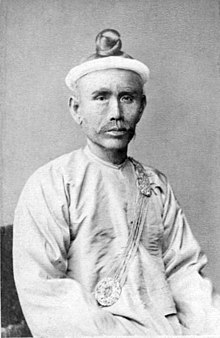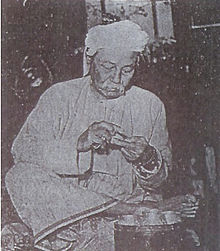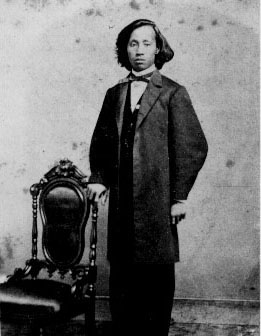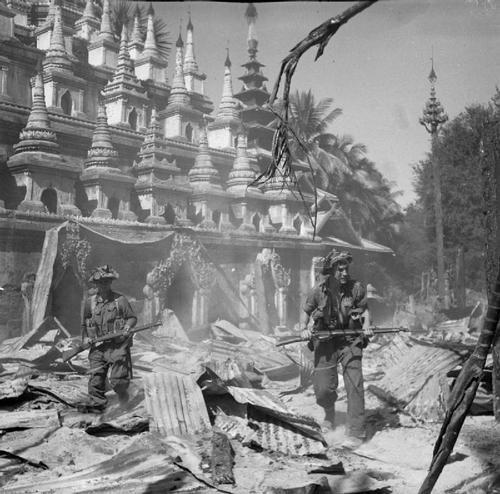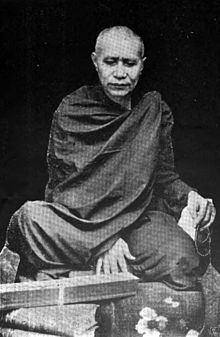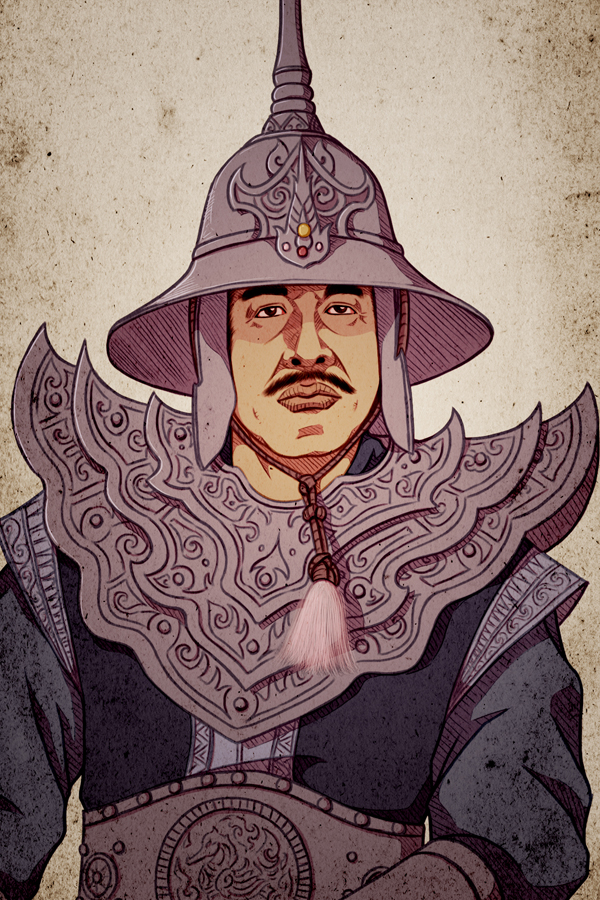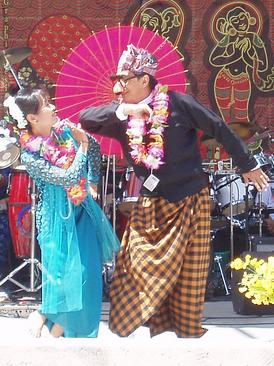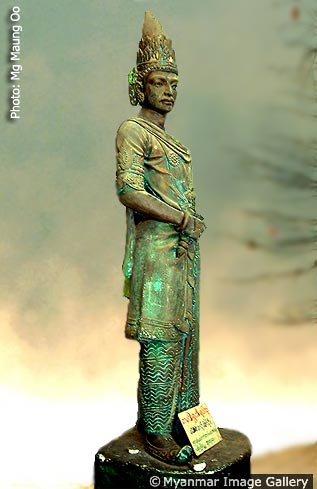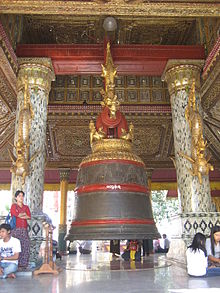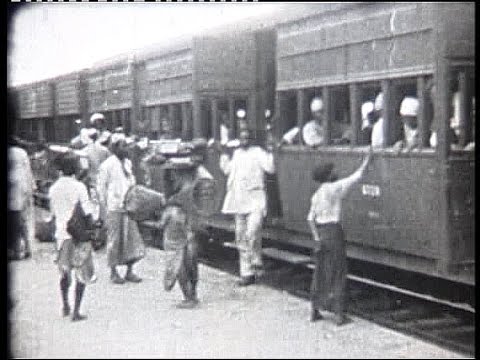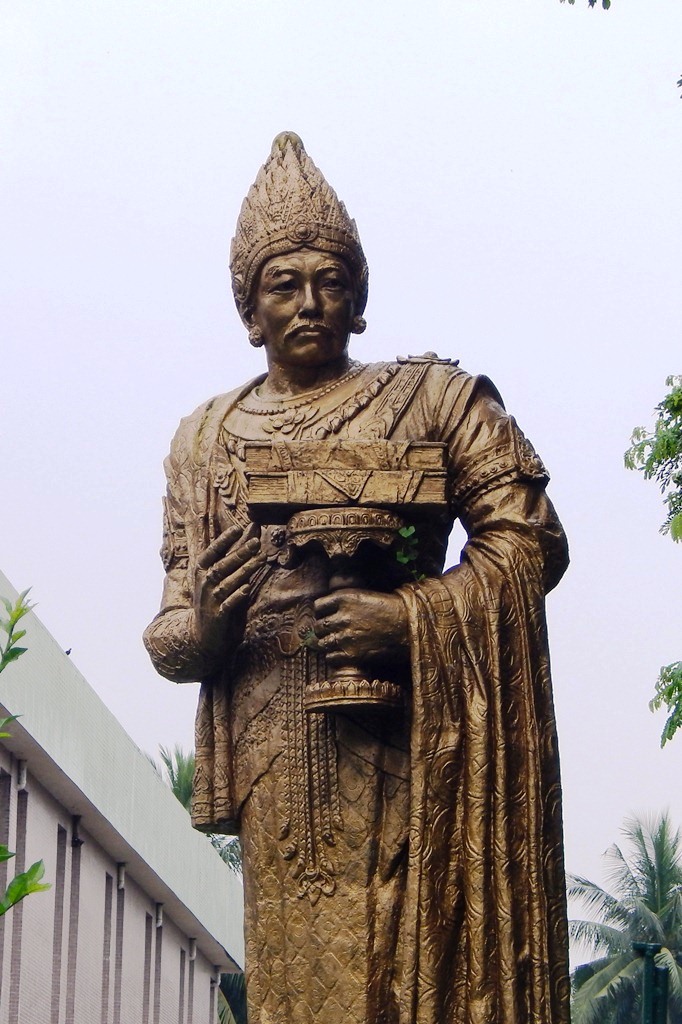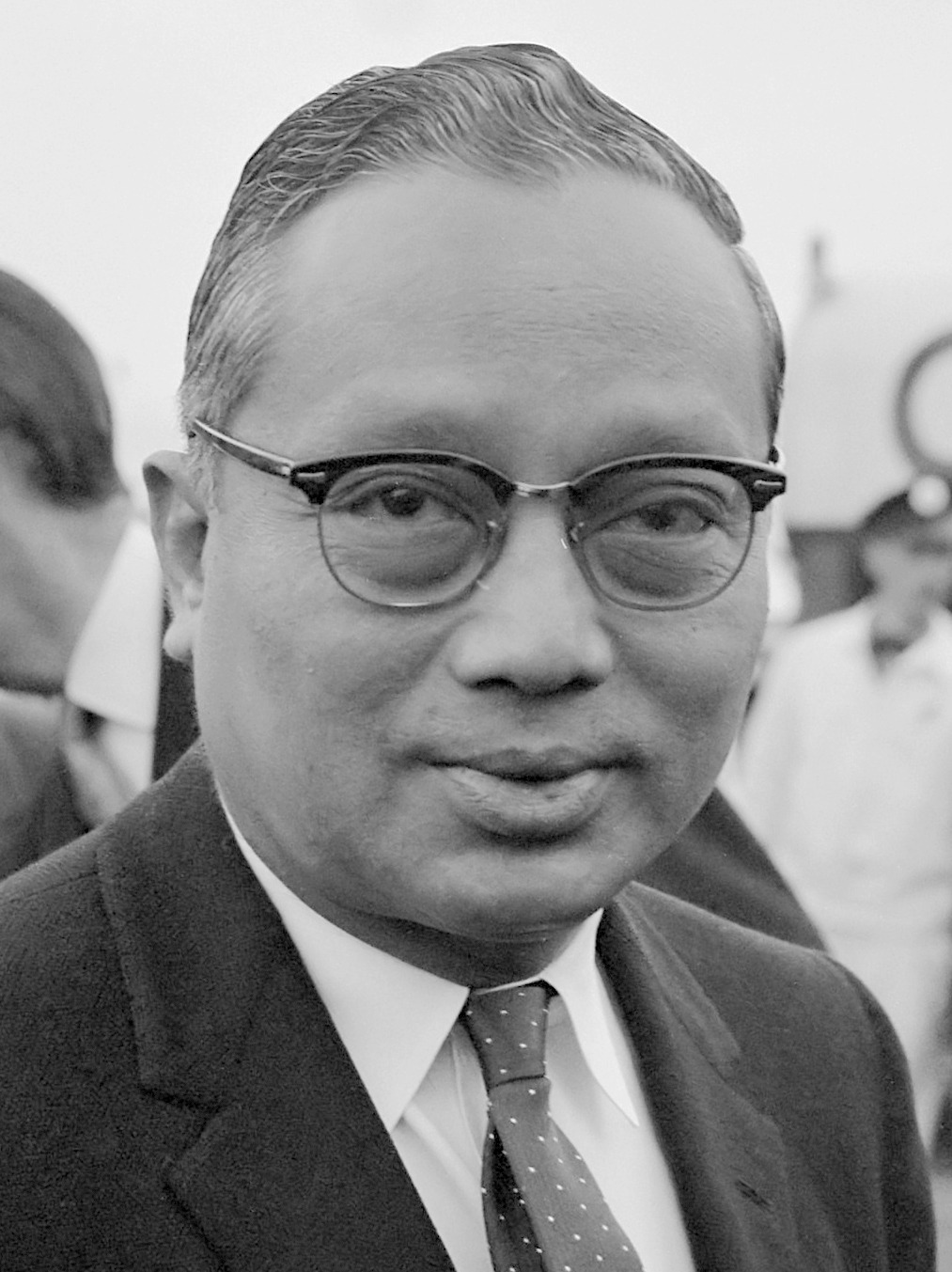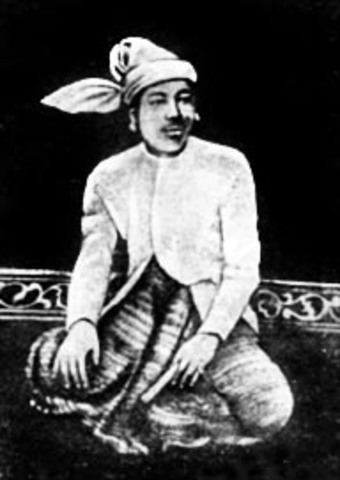Myanmar History
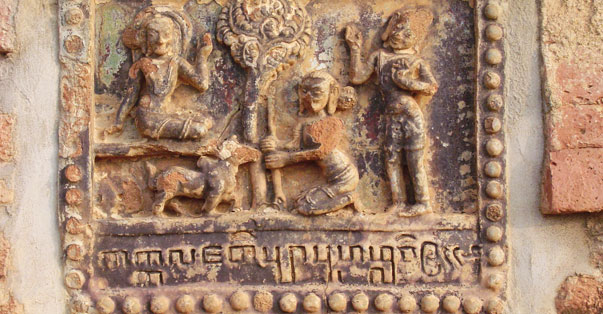
Myanmar has a long and complex history. Many peoples have lived in the region and the history began. The first identifiable civilization is that of the Mon. The Mon probably began migrating into the area in about 300 BC, and their first kingdom Suwarnabhumi, was founded around the port of Thaton in about 300 BC. The Pyu arrived in Myanmar in the 7th century and established city kingdoms at Binnaka, Mongamo, Sri Ksetra, and Halingyi. During this period, Myanmar was part of an overland trade route from China to India. By 849, the Burmans had founded a powerful kingdom centered on the city of Bagan and filled the void left by the Pyu. The kingdom grew in relative isolation until the reign of Anawrahta (1044 - 77) who successfully unified all of Myanmar by defeating the Mon city of Thaton in 1057.
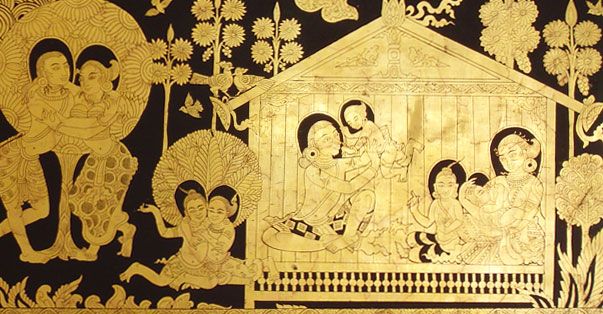
After the collapse of Bagan authority, Myanmar was divided once again. The Burmans had restablished themselves at the city of Ava by 1364, where Bagan culture was revived and a great age of Burmese literature ensued. The kingdom lacked easily defendable borders, however, and was overrun by the Shan in 1527. Surviors of the destruction of Inwa eventually established a new kingdom centered on Taungoo in 1531 led by Tabinshwehti (reigned 1531-50), who once again unified most of Myanmar. A popular Burmese leader named Alaungpaya drove the Bago forces out of northern Myanmar by 1753, and by 1759 he had once again conquered Pegu and southern Myanmar while also regaining control of Manipur. He established his capital at Rangoon, now known as Yangon. Myanmar was known to the West ever since western explorers had heard of it. Marko Polo was the earliest known westerner who discovered Myanmar and introduced to the West.
We have 147 guests and no members online
Photo Credit - www.wikipedia.org
King Sinbyushin (A.D 1763-76) was the third king of the Alaungpaya. or Konbaung dynasty in Myanmar. He pursued a policy of expansion at the expense of practically all his neighbours.SinphyushinminSinbyushin's most important single project was the subjugation of Siam (now Thailand).
Soldiers remove their shoes while they visit a pagoda in Rangoon, 13 May 1945.
Photo Credit - www.wikipedia.org
Ledi Sayadaw U Ñanadhaja (Burmese: လယ်တီဆရာတော် ဦးဉာဏဓဇ, 1 December 1846 – 27 June 1923) was a compelling Theravada Buddhist friar. He was perceived from a youthful age as being produced in both the hypothesis (Abhidharma) and routine of Buddhism as was respected as being academic.
Photo Credit - www.wikipedia.org
Myanmar has a long and complex history. Many peoples have lived in the region and the history began. The first identifiable civilization is that of the Mon. The Mon probably began migrating into the area in about 300 BC. and their first kingdom Suwarnabhumi. was founded around the port of Thaton in about 300 BC.
Photo credit - www.wikipedia.org
Min Thu Wun (Burmese: မင်းသုဝဏ်; 10 February 1909 – 15 August 2004) was a Burmese artist, essayist and researcher who propelled another age abstract development called Khit-San (Testing the Times) in Burma. He is the father of Htin Kyaw, leader of Myanmar since 2016.
Photo Credit - www.asnthanhan.com
This article was written in 1985. one hundred years after King Thibaw and Queen Supayar Latt were taken to India by the British.
Bagyidaw (A.D 1819-1837). king of Myanmar from 1819 to 1837. The seventh monarch of the Konbaung. or Alaungpaya dynasty. he was defeated in the First Anglo-Myanmar War (1824-26).
Queen Supayalat next to King Thibaw Min and her sister Princess Supayagyi
Photo Credit - www.asiaobserver.org
King Nanda was the king of the Taungoo dynasty of Myanmar whose reign (1581-99) ended with the dismemberment of the empire established by his father. Bayinnaung. Upon coming to the throne. Nanda Bayin was faced with a rebellion of his uncle. the viceroy of Inwa. whom he defeated three years later. In December 1584 Nanda Bayin marched into Siam. which had been a vassal of his father. to subjugate the Siamese patriot Naresuan.
U Thant Island. or officially Belmont Island. is a tiny 100 x 200 foot (30 x 60 metre) artificial island in New York City's East River. just to the south of Roosevelt Island. It lies across from United Nations headquarters at 42nd Street. and is legally considered a part of the Borough of Manhattan and New York County. The islet is currently protected as a sanctuary for migrating birds. including a small colony of Double-crested Cormorant. and access is prohibited to the public.
The First Myanmar Medical Doctor graduated in USA. Dr. M Shaw Loo has to be the first medical doctor from Myanmar. He was the son of U Shwe Thet and Daw Phwar. They descendants of Mon race and were Christians. It was the time when the First British-Myanmar war was going on. in 1824. Young Shaw Loo lived in Mawlamyine. Mon State with his parents.
Photo Credit - www.wikipedia.org
The Taunggwin Sayadaw U Visuddha Silacaraha (တောင်ခွင်ဆရာတော် ဦးဝိသုဒ္ဓ သီလာစာရဟာ) was the last Buddhist friar to hold the workplace as Thathanabaing of Burma. The workplace was annulled after his demise in 1938 and no successor was ever named.
Photo Credit - www.zayplay.com
King Binnya Dala (1747-57) was the last king of Bago in southern Myanmar. whose independence from the northern Myanmars was revived briefly between 1740 and 1757. In 1747 Binnya Dala succeeded Smim Htaw Buddhaketi. who had seven years earlier been set up as king of the Mon in the new capital of Bago after their successful revolt against the Myanmars.
Photo Credit - www.wikipedia.org
U Shwe Yoe's original name was U Ba Ga Lay. He was a pioneer famous Cartoonist. Actor. Comedian and Dancer. U Ba Ga Lay invented Myanmar's most famous Dance and Character known as U Shwe Yoe. He was born in 1893. Pathein. the delta region of Myanmar. His parents were U Pho Thi and Daw Thae Mhone. both were teachers of Pathein High School. He died in 1945 at the age of 52.
The history of Burma is fraught with colonial domination and internal conflict.
Photo Credit - www.wikipedia.org
King Tharyarwaddy (A.D. 1837-1846) was the eighth king of the Alaungpaya. or Konbaung. dynasty of Myanmar. who repudiated the Treaty of Yandabo and nearly brought about a war with the British. Tharyarwaddy in 1837 deposed his brother Bagyidaw (reigned 1819-37). who had been obliged to sign the humiliating treaty that ceded the provinces of Arakan and Tenasserim to the British.
Photo Credit - www.wikipedia.org
King Anawrahta (A.D. 1044-1077). also spelled ANIRUDDHA. the first king of all of Myanmar. (reigned 1044-77). who introduced his people to Theravada Buddhism. His capital at Bagan on the Ayeyarwaddy River became a prominent city of pagodas and temples. During his reign Anawrahta united the northern homeland of the Myanmar people with the Mon kingdoms of the south.
U Thant, who filled in as Secretary-General of the United Nations from 1961 to 1971. was going the world body when Secretary-General Dag Hammarskjold was murdered in an air crash in September 1961.
Photo Credit - www.wikipedia.org
King Bodawpaya (1782-1819) was one of the greatest king of Myanmar. sixth monarch of the Alaungpaya. or Konbaung. dynasty. in whose reign (1782-1819) the long conflict began with the British.
36th Infantry Division enters the town of Tigyiang during the advance down the Irrawaddy Valley towards Mandalay, Myanmar. 22 December 1944.
Photo credit - www.wikipedia.org
Ludu U Hla (Burmese: လူထုဦးလှ; 19 January 1910 – 7 August 1982) was a Burmese writer, distributer, recorder, folklorist and social reformer whose productive compositions incorporate an extensive number of way breaking true to life works. He was hitched to kindred essayist and columnist Ludu Daw Amar.
More in this section...
- Burma old villages 100 years ago
- Chief Minister Kinwun Mingyi & Delegation to Britain
- Chronology of Konbaung Period
- Curse of Bagan Temples
- Historical Events of Myanmar
- History of Myanmar
- Letter to U.S. President James Buchanan, 1857
- Mayan Civilization
- Myanmar Rulers : Kings, Queens, Presidents, and Prime Ministers
